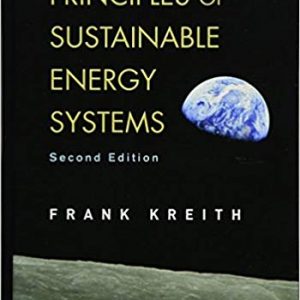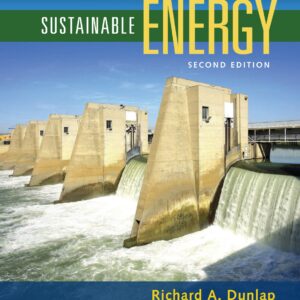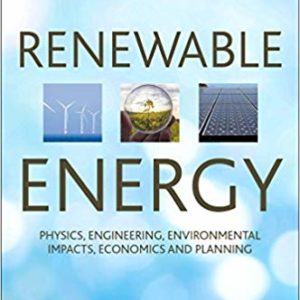Renewable Energy, Combined Edition, (PDF) starts with a review of our past dependence on fossil fuels as our key energy source and our future needs to change how our energy is produced and utilized due to reducing resources and environmental impact.
Synthesis Lectures on Renewable Energy Technologies
The first volume provides the major options for carbon-free energy including hydroelectric and solar energy for both thermal applications and the production of wind energy, electricity, and biofuels as a replacement in the transportation industry. Yet, all of these options will not work on a large scale without proper energy storage, which is the subject of the second and third volumes.
The second volume studies the possible methods of storing energy in the form of thermal or mechanical energy. Mechanical methods include those that make use of gravitational potential energy and the storage of energy by compressing air or by storing as rotational energy in a flywheel. Sensible heat storage is discussed in terms of its applications to residential heating, solar ponds, community-based storage, and thermal storage for grid-integrated energy systems.
The third volume studies various methods of energy storage that make use of electrochemical reactions, electric and magnetic fields, and chemical reactions. It summaries multiple types of batteries in addition to supercapacitors, pseudo-capacitors, and hybrid capacitors. It ends with techniques in chemical energy storage and the use of hydrogen, methanol, methane, and ammonia as energy carriers.
Renewable Energy Volume 1, Volume 2 and Volume 3 included.
NOTE: The product only includes the ebook, Renewable Energy, Combined Edition in PDF. No access codes are included.







Reviews
There are no reviews yet.